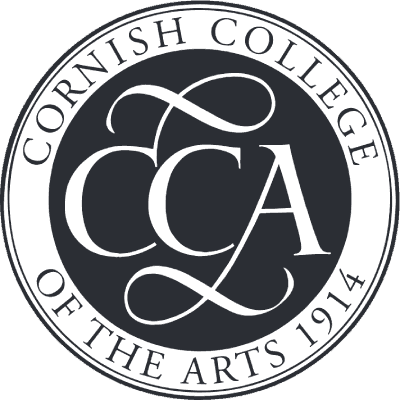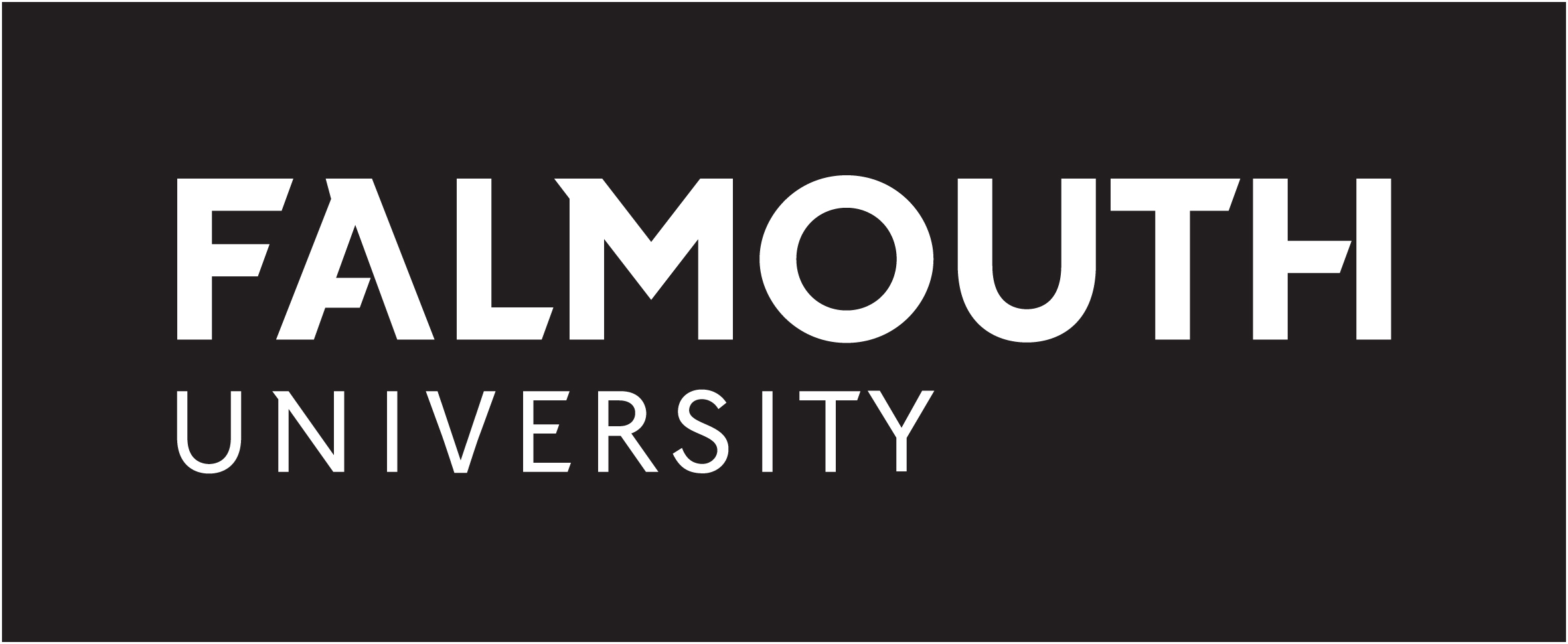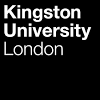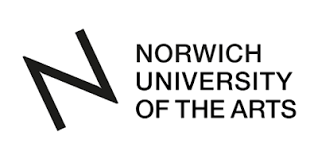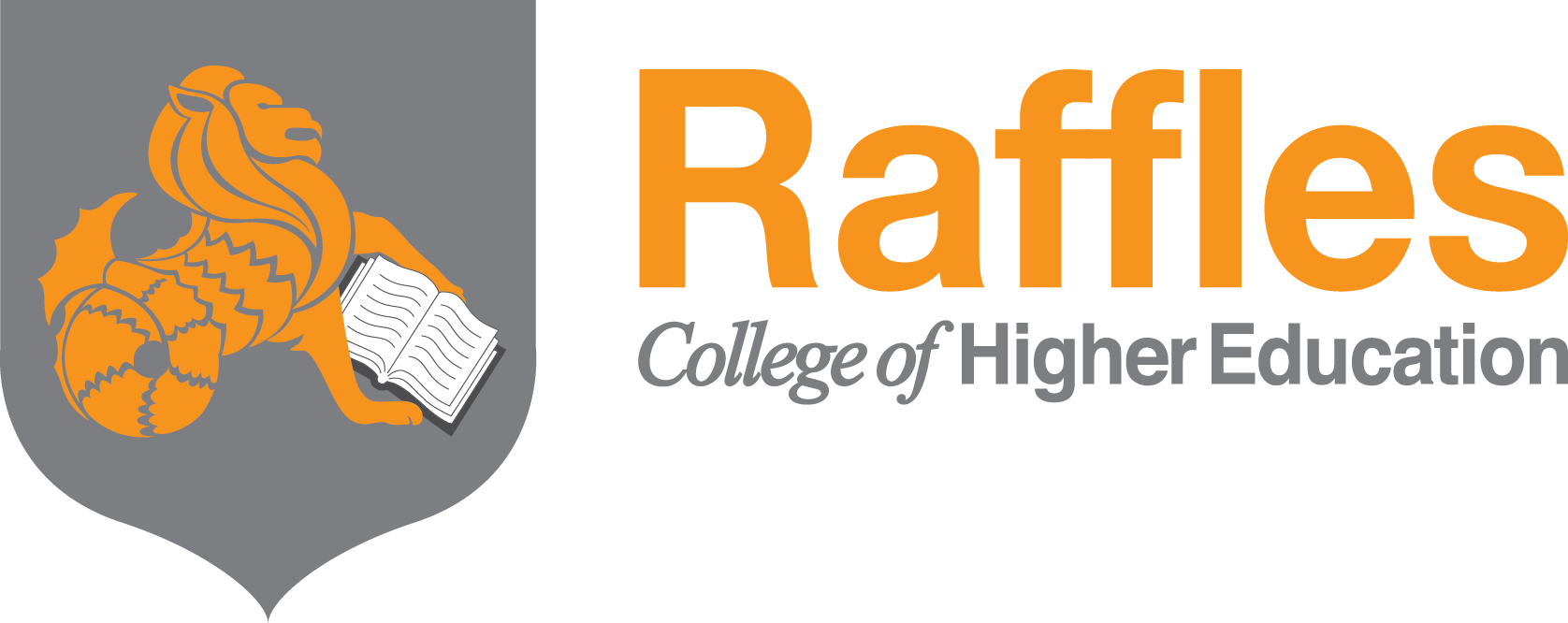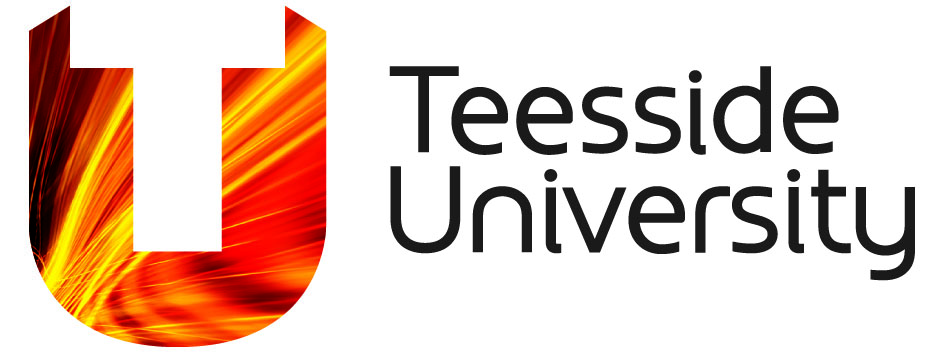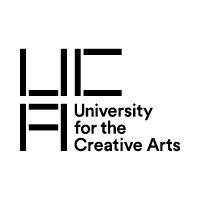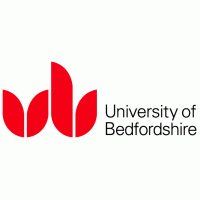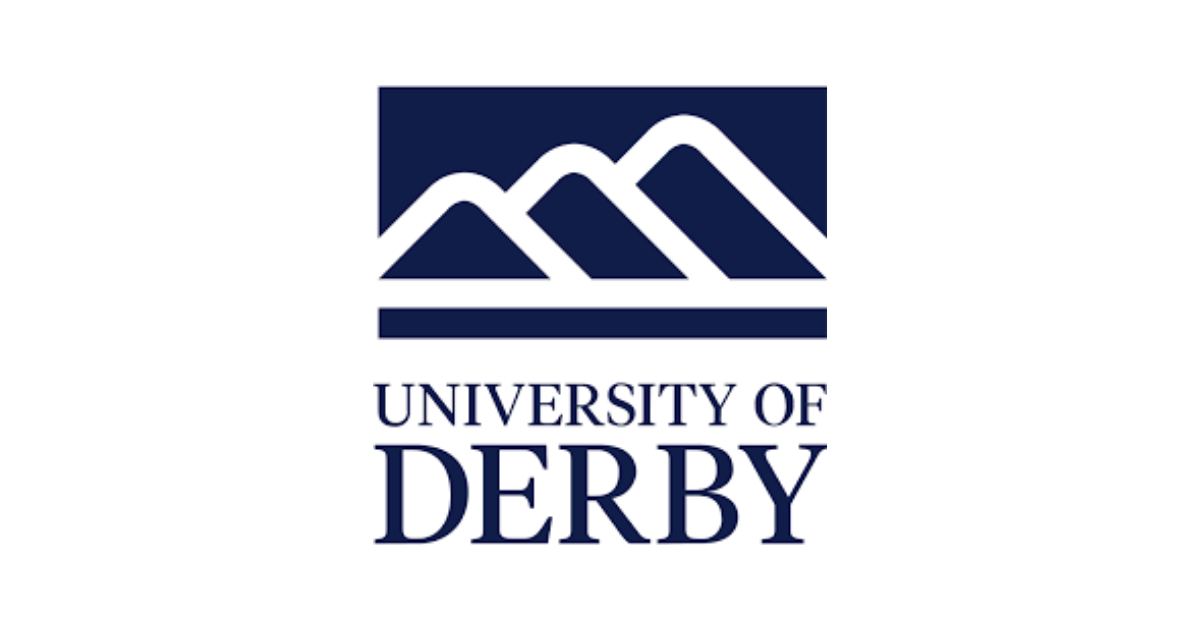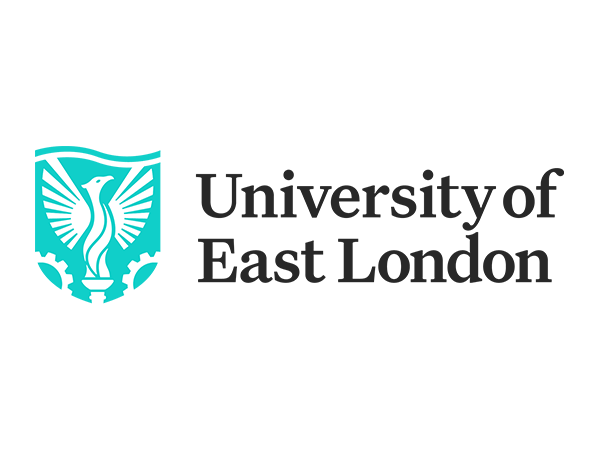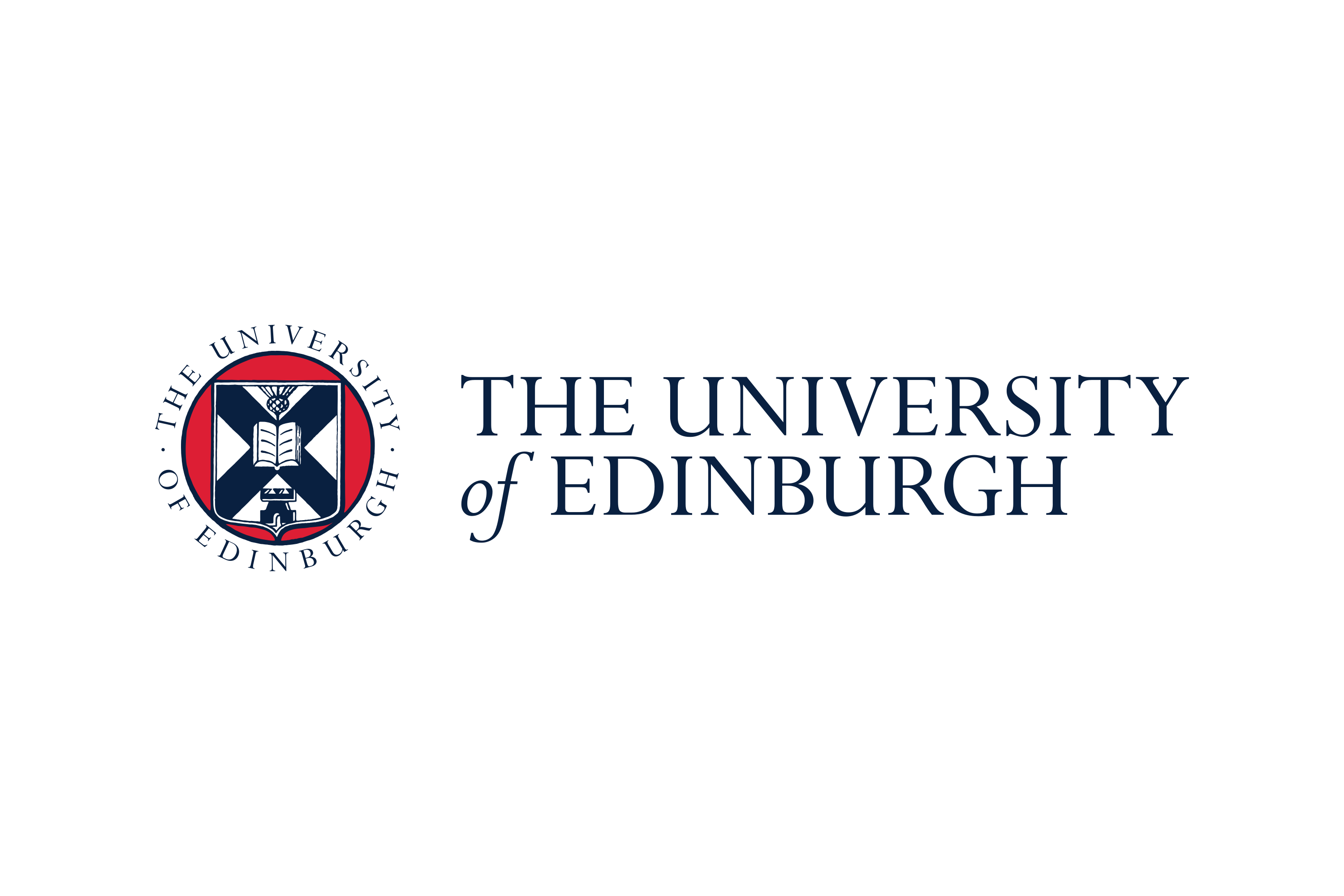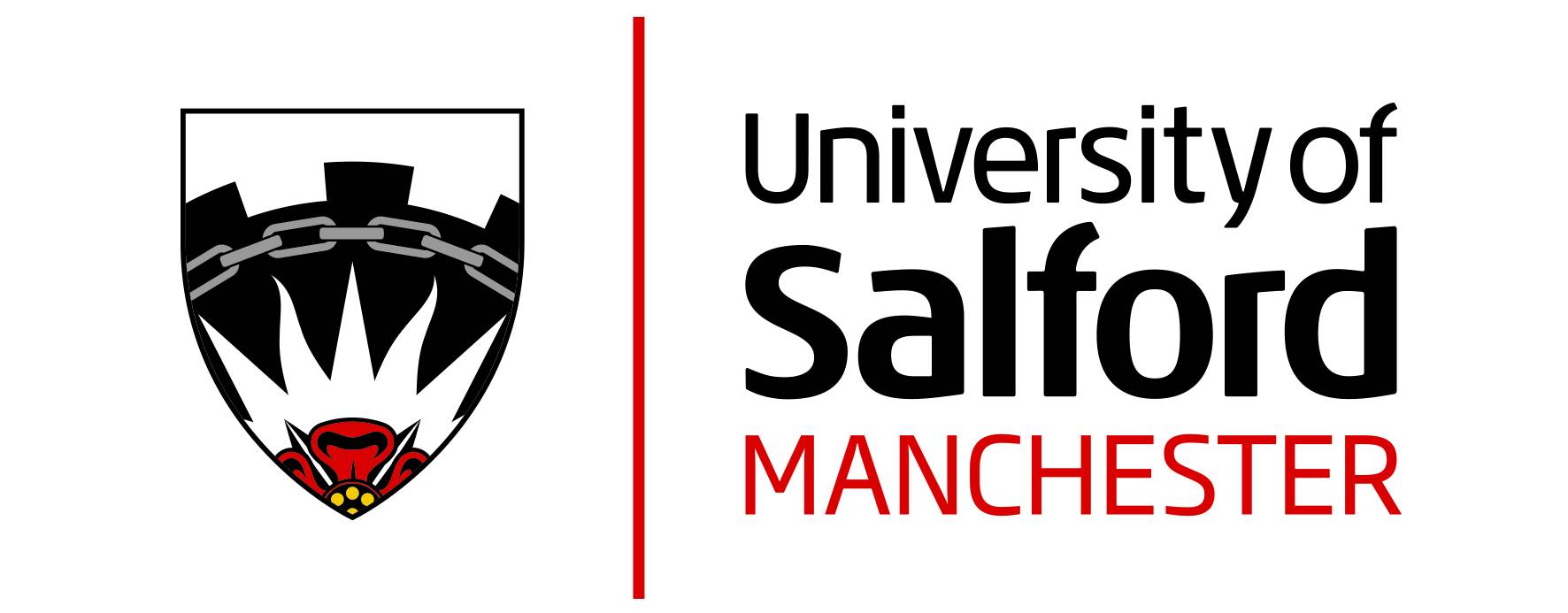Animation: Bringing Dreams to Life Abroad
Are you an aspiring storyteller, a visual artist, or someone fascinated by the magic of movement? If so, studying Animation abroad could be your gateway to a thrilling and creative career. This comprehensive guide is designed specifically for Indian students considering an international animation degree, offering insights into what to expect, popular destinations, career prospects, and much more.
Why Study Animation Abroad?
Studying Animation abroad offers a unique blend of cultural immersion and educational excellence that can significantly enhance your skills and career prospects. Here's why it's a fantastic choice:
- Global Perspective: Gain exposure to diverse animation styles, techniques, and storytelling approaches from different cultures.
- Industry Connections: Many international animation schools have strong ties to leading studios and industry professionals, offering invaluable networking opportunities.
- Cutting-Edge Technology: Access state-of-the-art software, hardware, and facilities that might not be readily available in India.
- Specialized Programs: Explore niche areas like stop-motion, visual effects (VFX), game animation, or character design with dedicated programs.
- Enhanced Portfolio: Develop a diverse and impressive portfolio that showcases your international training and unique perspective, making you more competitive in the global job market.
- Personal Growth: Experience living independently in a new country, fostering adaptability, problem-solving skills, and a broader worldview.
What You'll Learn: Core Animation Disciplines
Animation programs abroad typically cover a broad spectrum of skills and knowledge, ensuring you're well-equipped for various roles in the industry. While specific curricula vary by institution, you can generally expect to delve into the following areas:
Foundational Skills:
- Drawing and Life Drawing: Understanding anatomy, perspective, and gesture is crucial for creating believable characters and environments.
- Principles of Animation: Mastering the 12 classic principles (squash and stretch, anticipation, follow through, etc.) is fundamental to all animation.
- Storyboarding: Learning to visually plan out sequences and narrate stories through sequential art.
- Character Design: Developing compelling and expressive characters from concept to final design.
- Concept Art: Creating visual development for environments, props, and overall aesthetic.
Technical Skills:
- 2D Animation: Traditional hand-drawn animation, digital 2D animation, rigging, and compositing.
- 3D Animation: Modeling, texturing, rigging, lighting, rendering, and motion capture techniques using industry-standard software like Maya, Blender, 3ds Max, and ZBrush.
- Stop Motion Animation: Techniques involving physical models and frame-by-frame capture.
- Visual Effects (VFX): Integrating computer-generated imagery with live-action footage.
- Game Animation: Creating animations specifically for video games, focusing on character movement, environmental interactions, and real-time rendering.
- Sound Design for Animation: Understanding how sound enhances storytelling and character performance.
Storytelling and Production:
- Narrative Development: Crafting engaging stories and scripts.
- Pre-Production: Concept development, storyboarding, character design, and layout.
- Production: The actual animation process, including modeling, rigging, animating, and texturing.
- Post-Production: Editing, compositing, sound design, and final rendering.
- Portfolio Development: Creating a professional portfolio and demo reel to showcase your best work.
Popular Study Destinations for Animation
Several countries are renowned for their excellence in animation education and thriving animation industries. Here are some top choices for Indian students:
United States:
Home to Hollywood and major animation studios like Disney, Pixar, DreamWorks, and Blue Sky Studios, the US offers world-class programs with strong industry connections. Institutions like CalArts, Ringling College of Art and Design, and Savannah College of Art and Design (SCAD) are highly regarded.
Canada:
Known for its innovative animation scene and supportive government funding for the arts, Canada boasts excellent schools like Sheridan College, Vancouver Film School (VFS), and Emily Carr University of Art + Design. Many graduates find opportunities in Canadian studios working on international projects.
United Kingdom:
With a rich history in animation and a vibrant creative industry, the UK offers numerous reputable programs. National Film and Television School (NFTS), Arts University Bournemouth, and University of the Arts London are popular choices, often with a strong focus on storytelling and artistic expression.
France:
France has a long tradition of artistic animation and is home to some of the world's most prestigious animation schools, such as Gobelins, l'école de l'image. Their programs are highly competitive and produce exceptionally skilled animators.
Japan:
The birthplace of anime and manga, Japan offers unique opportunities to study these distinct animation styles. While language can be a barrier, some institutions offer programs in English or provide intensive language support. Tokyo University of the Arts and Digital Hollywood University are notable.
Australia:
Australia's growing animation and VFX industry provides a dynamic environment for learning. Institutions like RMIT University and Griffith University offer strong programs with practical, industry-focused training.
Admission Requirements for Indian Students
Admission requirements vary by institution and country, but generally, Indian students will need to prepare the following:
- Academic Transcripts: Mark sheets from 10th, 12th grade, and any previous undergraduate degrees (if applicable).
- English Language Proficiency: Scores from tests like IELTS or TOEFL are almost always required.
- Portfolio: This is arguably the most critical component. It should showcase your artistic abilities, understanding of fundamental art principles, and potential for animation. Include drawings, sketches, digital art, short animations, or any creative work that demonstrates your talent.
- Statement of Purpose (SOP): An essay detailing your motivations for studying animation, your career aspirations, and why you've chosen a particular institution.
- Letters of Recommendation (LORs): From teachers or mentors who can attest to your artistic skills and academic potential.
- Financial Proof: Evidence that you can cover tuition fees and living expenses.
- Visa: A student visa for your chosen country.
Career Opportunities in Animation
A degree in animation opens doors to a vast array of exciting career paths across various industries. The global demand for skilled animators, VFX artists, and game developers continues to grow.
Animation Studios:
- 2D Animator: Creating traditional or digital 2D animations for films, TV series, or web content.
- 3D Animator: Bringing 3D characters and objects to life for films, TV, and commercials.
- Character Designer: Developing the visual appearance and personality of animated characters.
- Concept Artist: Visualizing and designing environments, props, and overall aesthetics for projects.
- Story Artist/Storyboarder: Creating visual narratives and planning out animation sequences.
- Rigger: Building the digital skeleton and controls for 3D models, allowing animators to move them.
- Texture Artist: Painting and applying textures to 3D models.
- Lighting Artist: Setting up and rendering lighting for animated scenes to create mood and depth.
- Compositor: Combining various visual elements (CGI, live-action footage, effects) into a final image.
- Layout Artist: Planning camera angles, staging, and character placement within a scene.
Gaming Industry:
- Game Animator: Animating characters, objects, and environments for video games.
- Technical Animator: Bridging the gap between animators and programmers, often dealing with animation pipelines and tools.
- VFX Artist (Games): Creating visual effects like explosions, magic, and environmental phenomena within games.
Visual Effects (VFX) Studios:
- VFX Artist: Creating and integrating visual effects for live-action films and television.
- Matchmove Artist: Tracking live-action footage to accurately place CGI elements.
- Roto Artist: Creating mattes or masks for visual effects.
Other Industries:
- Motion Graphics Designer: Creating animated graphics for advertising, web content, and broadcast design.
- Medical Animator: Producing educational animations for medical and scientific purposes.
- Architectural Visualizer: Creating animated walkthroughs and renderings of architectural designs.
- E-learning Content Creator: Developing animated educational materials.
Expected Salary Ranges (Approximate, Varies by Location & Experience)
Salaries in the animation industry can vary significantly based on your role, experience, location, and the size of the studio. Here's a general idea:
| Role | Entry-Level (USD/year) | Mid-Level (USD/year) | Senior-Level (USD/year) |
|---|---|---|---|
| Junior Animator | $40,000 - $60,000 | $60,000 - $85,000 | $85,000 - $120,000+ |
| Character Designer | $45,000 - $65,000 | $65,000 - $90,000 | $90,000 - $130,000+ |
| VFX Artist | $45,000 - $70,000 | $70,000 - $100,000 | $100,000 - $150,000+ |
| Game Animator | $45,000 - $65,000 | $65,000 - $95,000 | $95,000 - $140,000+ |
| Motion Graphics Designer | $40,000 - $60,000 | $60,000 - $85,000 | $85,000 - $120,000+ |
Please note: These figures are approximations and can fluctuate based on economic conditions, industry demand, and individual skill sets. Major animation hubs like California (USA) or British Columbia (Canada) might offer higher salaries but also have a higher cost of living.
Key Skills for Success in Animation
Beyond technical proficiency, certain soft skills are invaluable for a successful career in animation:
- Creativity and Imagination: The ability to generate original ideas and visualize concepts.
- Attention to Detail: Meticulousness is crucial for frame-by-frame work and ensuring consistency.
- Patience and Perseverance: Animation can be a long and iterative process.
- Strong Observation Skills: Understanding how things move in the real world to create believable animation.
- Communication Skills: Essential for collaborating with teams and understanding client feedback.
- Adaptability: The animation industry constantly evolves, requiring continuous learning of new software and techniques.
- Problem-Solving: Finding creative solutions to technical or artistic challenges.
- Time Management: Meeting deadlines in a fast-paced production environment.
Life as an Animation Student Abroad
Studying animation abroad is not just about academics; it's an immersive experience. You'll likely spend long hours in computer labs or studios, collaborating on projects, attending workshops, and participating in film festivals. Many programs emphasize hands-on learning, encouraging students to develop their own short films or game projects. You'll also have the opportunity to explore a new country, make international friends, and experience a different way of life, enriching your personal and professional journey.
Preparing Your Portfolio
Your portfolio is your most important tool for gaining admission to top animation schools. Here are some tips:
- Showcase Fundamentals: Include life drawings, gesture drawings, character sketches, and perspective studies.
- Demonstrate Storytelling: Include storyboards, comic strips, or visual narratives.
- Highlight Animation Potential: Even simple flipbooks or short animated loops can show your understanding of movement.
- Digital Art: Include concept art, digital paintings, and 3D models if you have experience.
- Quality over Quantity: Present your best work, even if it's a smaller selection.
- Get Feedback: Ask teachers or industry professionals to review your portfolio.
- Customize: Tailor your portfolio slightly to the specific focus of each program you apply to.
Embarking on an animation degree abroad is a significant investment, but for those with passion and dedication, it promises a rewarding career in an industry that constantly pushes the boundaries of imagination. Start preparing your portfolio, research your dream schools, and get ready to bring your animated dreams to life on the global stage!


